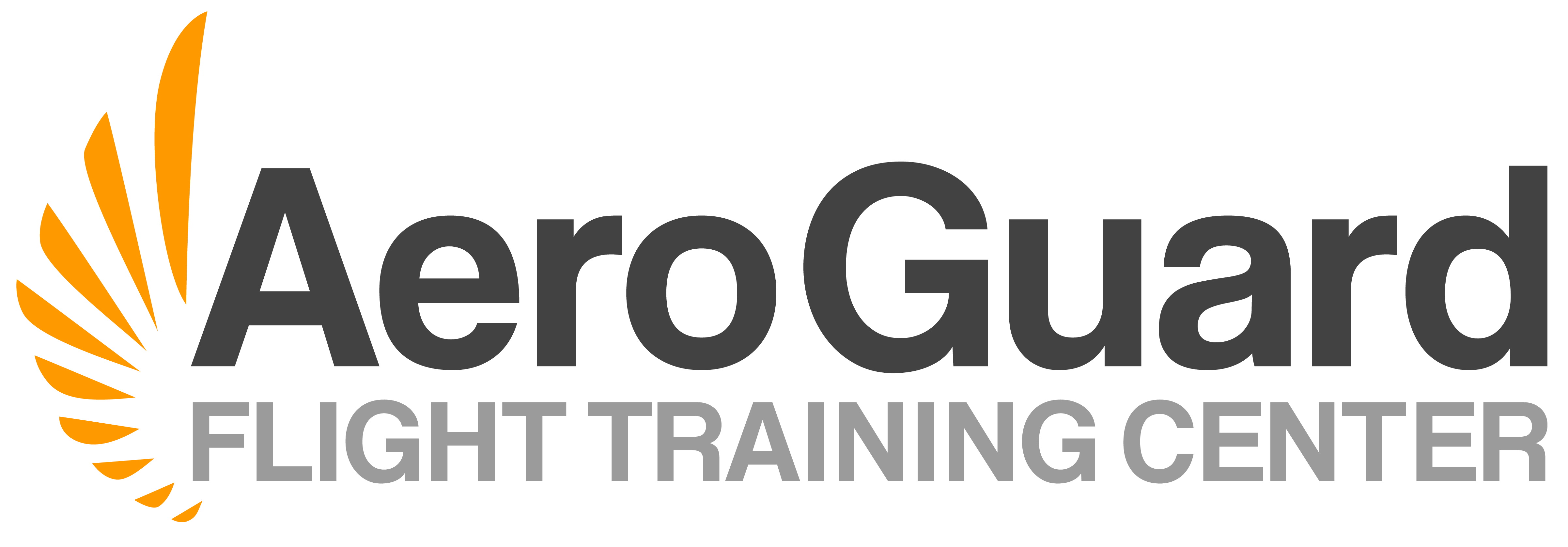What to Put in Your Flight Bag: The Essentials
Looking at a pilot, you’ll recognize their professional appearance and an expression of preparedness on their face. You’ll also notice the pilot’s flight bag, tagging along with them. Different types of pilots use different styles of bags carrying various items needed for a successful flight. If you’ve ever wondered what pilots carry in their flight bag, and why they’re important, then you’ve come to the right place! We’re taking a look inside the trusty pack of a pilot in flight school.
FAA-Required Flight Bag Items
As a pilot, there are several items that the FAA requires pilots to have on-board an aircraft. These items include:
Pilot Certificates
The FAA issues Pilot Certificates. Think of these as similar to a driver’s license. The certificate identifies what privileges and limitations a pilot has while flying an aircraft and what type of aircraft they are allowed to fly.
Medical Certificate
A Medical Certificate is an FAA certification that shows a pilot meets the medical standards needed to operate an aircraft under part 67 of the Federal Aviation Regulations.
Photo Identification
Your pilot certificate doesn’t include a photo. Therefore, you must also carry a government issued photo ID.
Aeronautical Charts
Pilots use Aeronautical Charts to identify airspace and landmarks that can be used for navigation.
Chart Supplement
The Chart Supplement contains information for airports and navigational aids and provide updates to aeronautical charts. This was formally known as the A/FD or Airport/Facility Directory.
Weight and Balance Calculations
The aircraft must be operated within specifications. Weight and Balance Calculations are used to ensure that the aircraft is operated below the maximum weights and has a center of gravity within limits.
Performance Calculations
To ensure safe takeoff, climb and landing, a pilot must determine what the takeoff and landing distances will be to ensure safe airport operations. They do this based on the specific conditions of the flight.
Weather Information/NOTAMs
This includes current weather and forecasted weather for the given route of flight. Notice To AirMen (NOTAM) are announcements about changes to airports or airspace to ensure safe operations.
What AeroGuard Students and CFIs Put in their Flight Bag
We interviewed a handful of AeroGuard pilots, discussing the different items they make sure to have with them on-board besides the regulatory items. Here were a few of the top answers.
Water and Snacks
Many AeroGuard pilots pack water and snacks in their flight bag. Though it isn’t an issue to take a sip of water, we do not authorize eating during flight. However, snack items are great to have along with you in case of an emergency. For instance, a pilot needs to land the plane while waiting for weather to clear.
Pilot Gear/Accessories
AeroGuard pilots have an iPad, aviation headset and logbook in their flight bag. The iPad contains many of the needed flight materials. Pilots also make sure to have checklists for the aircraft they’ll be flying and a kneeboard to hold them. Pilots use many different checklists, pertaining to each phase of flight from start to finish. Checklists contain lists of tasks that must be completed to ensure a safe flight.
Writing Materials
Some pilots tend to carry around a notebook or notepad. In addition, they carry pens and pencils in their flight bag. The pilots need these for taking notes or working on projects related to flight planning or other activities.
Batteries
Many of our pilots’ aviation headsets have a battery-powered noise-cancelling feature. As a result, extra batteries can become important accessory to have in their flight bag. More importantly, pilots need batteries for their aviation flashlights which are used for night operations. This can include preflight inspections and cockpit lighting. This special flashlight contains a filter over the lens which preserves a pilot’s night vision abilities.
Emergency Equipment
At AeroGuard, we prioritize flight safety and our pilots mirror that. Consequently, they pack their flight bags with emergency equipment. They carry items like first-aid kits, handheld radios and magnetic compasses.
In short, pilots carry a variety of items in their flight bag. These range from important documents to things of personal use. Most importantly, the items prepare them for a safe and successful flight.
When you join the Pilot Pathway Program, you’ll receive a flight bag as part of your uniform, decorated in bold AeroGuard colors: black and orange. What kinds of items will you put in yours? Get connected with an Enrollment Advisor to take the first step toward an incredible career!


